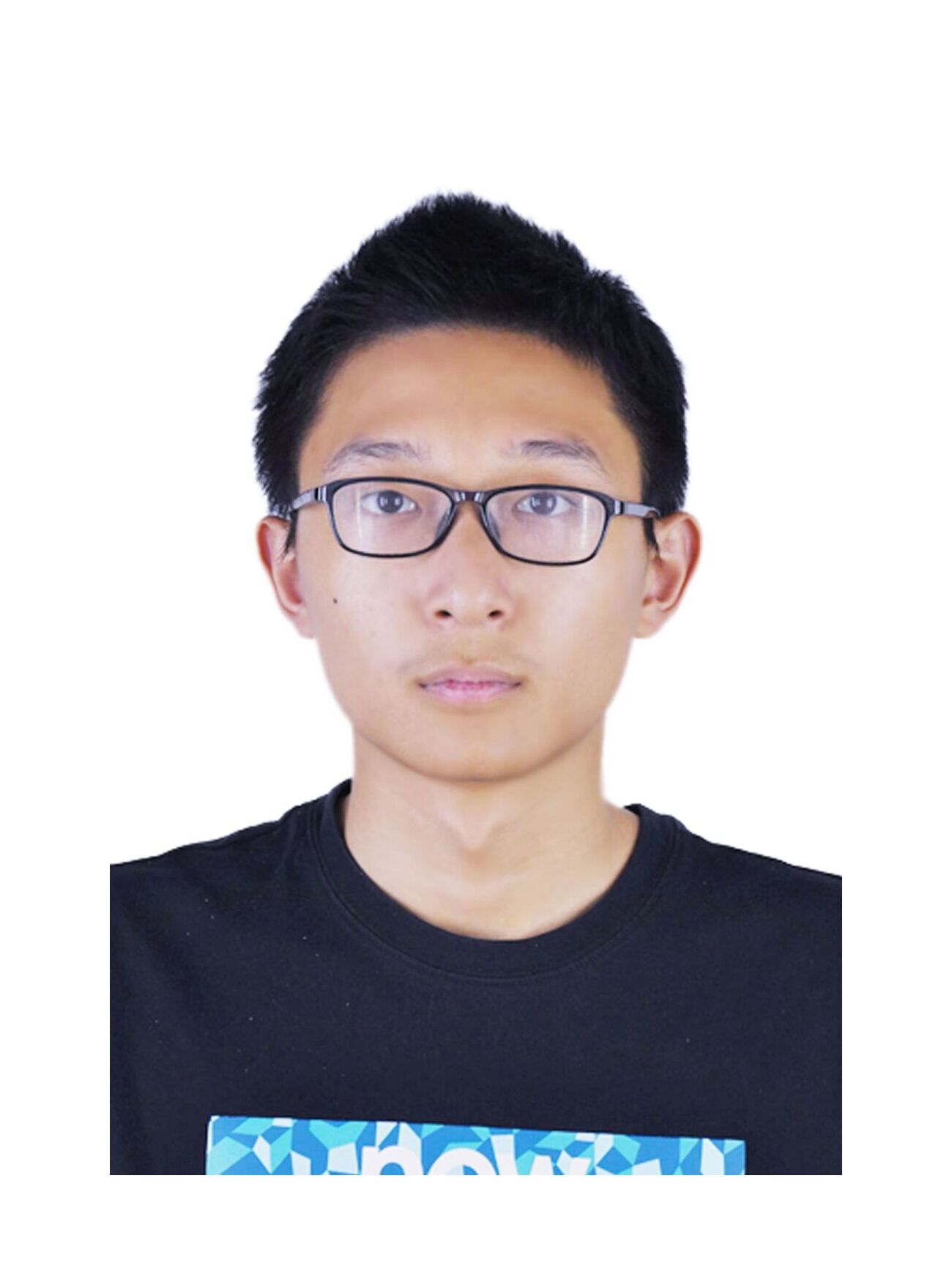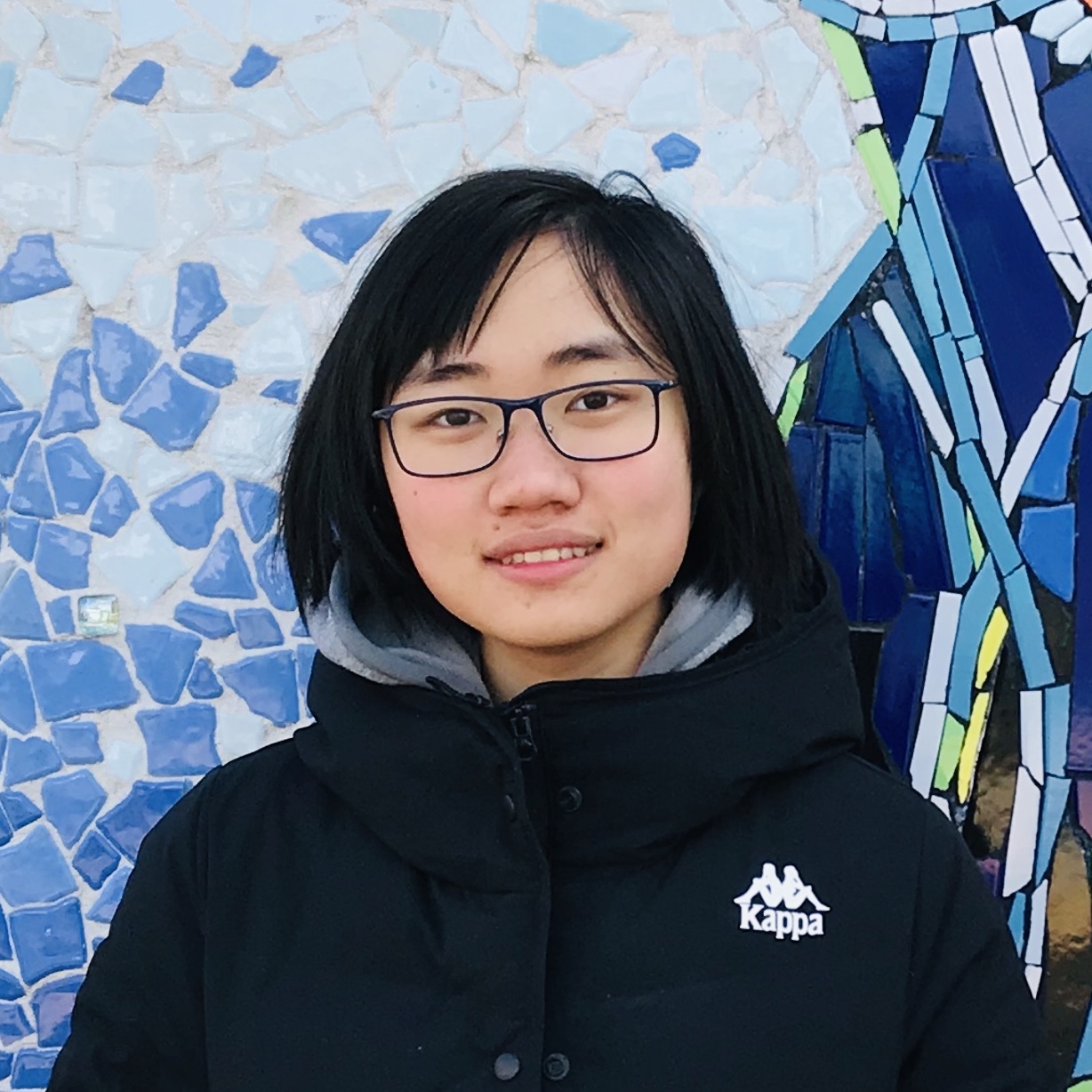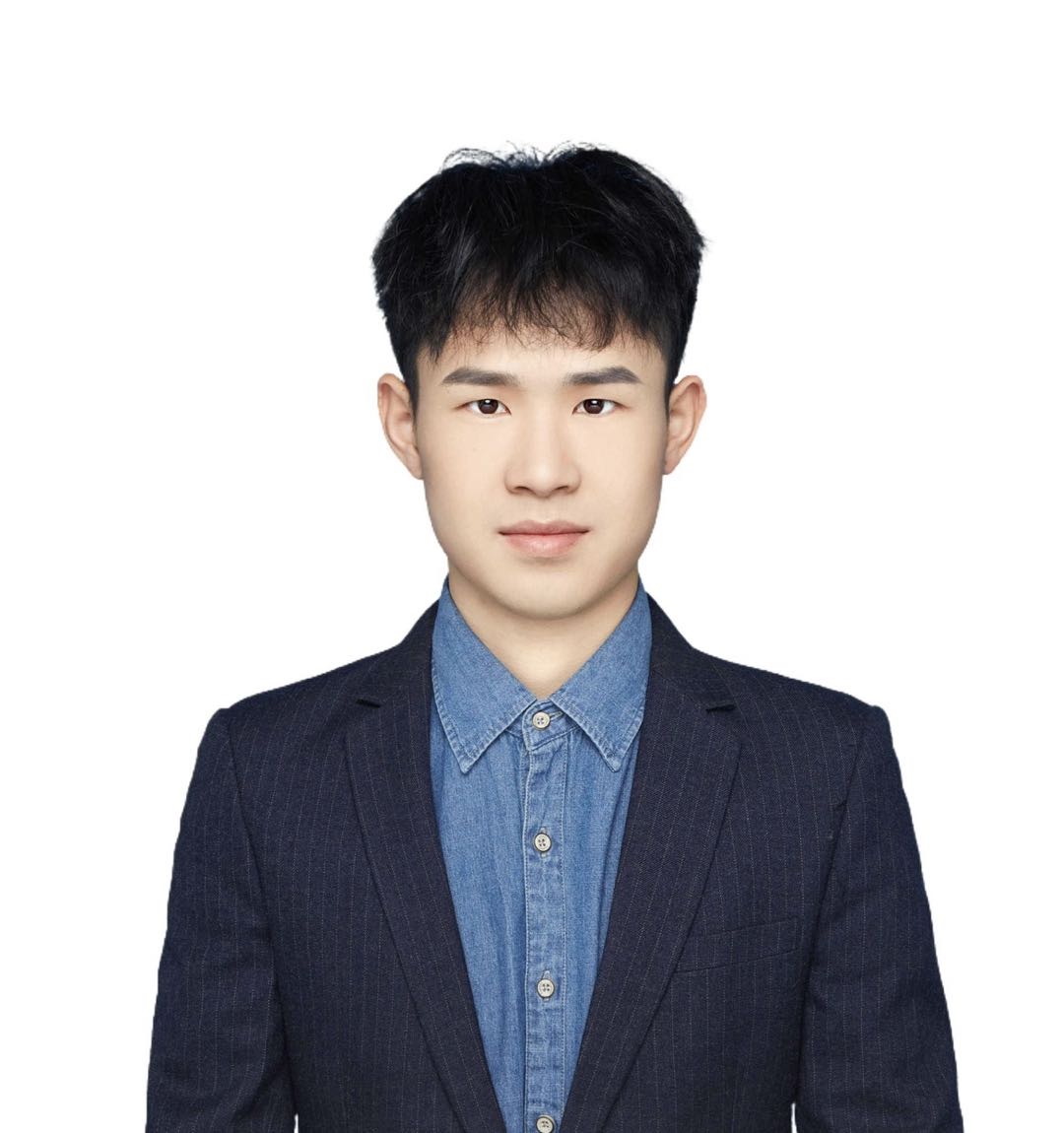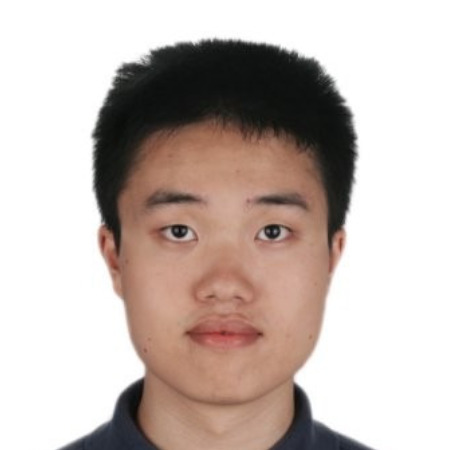News
The ManiSkill-ViTac Challenge 2024 has closed. The winners are Winners. The award ceremony was held at the 5th ViTac workshop in ICRA 2024.The challenge will be concluded at the 5th Annual Embodied AI workshop in CVPR 2024.
For the upcoming ManiSkill-ViTac Challenge 2025, you can subscribe to the mailing list: maniskill.vitac@gmail.com for news and notifications. You can also join the discord to contact us.Introduction
Vision-based tactile sensing has witnessed great progress in recent years. It can provide contact information which is important for manipulation skill learning. However, many research labs, particularly those lacking hardware expertise, face challenges in building physical experimental platforms and concentrating their research efforts on manipulation skill learning.
The ManiSkill-ViTac Challenge aims to provide a standardized benchmarking platform for evaluating the performance of vision-based-tactile manipulation skill learning in real-world robot applications. This challenge focuses specifically on assessing skill learning. Therefore, to enable fair comparison between approaches, the challenge uses a unified tactile sensor type and simulator across all participants.
To the best of our knowledge, it is the first open challenge in this field. We hope it can bring together world-wide researchers from tactile sensing and policy learning and help nurture the development of advanced manipulation skill learning frameworks based on tactile sensing.
The ManiSkill-ViTac Challenge features:
- An open-source general-purpose tactile sensor physics simulator
- Real-world robot evaluation
- Two high-precision manipulation tasks that closely resemble real-world applications
Getting Started
To get started submitting to the challenge, follow these steps:
1. Register a team to make submissions. Send an email to maniskill.vitac@gmail.com. We recommend using education emails for registration. Teams shall have no more than one leader and one instructor. The maximum number of additional team members is four.
Email format:
Team Name: [Team Name]
Team Leader: [Name] [Institute] [Email]
(Optional) Instructor: [Name] [Institute] [Email]
Team Members:
1. [Name] [Institue] [Email (optional)]
2. [Name] [Institue] [Email (optional)]
3. [Name] [Institue] [Email (optional)]
4. [Name] [Institue] [Email (optional)]
2. The codebase for this challenge is hosted on GitHub. This repository contains information about the competition environments, and the submission format.
3. Checkout the leaderboard and make your own submission.
Tasks
The challenge includes two tasks: peg insertion and lock opening. Similar to the ManiSkill challenge, we focus on evaluating the policy’s generalizability. Each task includes multiple objects of different shapes (e.g., the peg can be a cuboid or a trapezoid, and keys can have two or three teeth), which are unknown during evaluation. Therefore, the policy needs to be able to generalize to different plugs and keys.


Challenge Format
The challenge is in two phases: Phase 1 Simulation, Phase 2 Real-world
Phase 1
The simulation environments are built based on our developed tactile sensor simulator, which uses FEM (Finite Element Method) for physics simulation and IPC (Incremental Potential Contact) as the contact model.
Phase 2
The top N participants’ algorithms will be evaluated on a physical robot. We use GelSight Mini, a commercially available vision-based tactile sensor, in our challenge. The input and output format of the real environment will be the same as the simulation.

Each team will have 3 chances to upload the codes and evaluate. Full evaluation logs, including raw observations, groundtruth states, will be given to the participants, such that they can fine-tune their algorithms.
Metrics
Participating entries will be evaluated on K initial states. Each state will repeat T times. An episode is successful if the peg is in the hole and all the pins in the lock are lifted up. For the real-world robot, a torque sensor is used. If at any point the torque on the gripper is larger than a threshold, the task fails immediately. Then, we will have an array of success rates. We use the average rank of the K initial states as the final metric for comparing submissions.
For Phase1, the participants run the evaluation script on their own computer and submit the log files to the challenge committee.
We reserve the right to use additional metrics to choose winners in case of statistically insignificant differences.
Winners
1st Prize:Schedule
- 2024/01/31 Challenge release
- 2024/03/01 Phase 1 Start
- 2024/03/31 Phase 1 Stage 1 Deadline
- 2024/04/01 Phase 2 Stage 2 Start
- 2024/04/13 Phase 1 Stage 2 Deadline
- 2024/04/30 Phase 2 Deadline
- 2024/05/01 Award Announcement
- 2024/05/13 Award Ceremony on the 5th ViTac workshop in ICRA 2024
- 2024/06/18 Challenge Conclusion on the 5th Annual Embodied AI workshop in CVPR 2024.
The winner of the 1st Prize will be invited to deliver a 15-minute presentation at the workshop, showcasing their achievements and insights.
In Phase 1 Stage 1, the top 3 teams on the leaderboard will progress to Phase 2, each with 5 submission opportunities in Phase 2.
In Phase 1 Stage 2, the top 3 teams on the leaderboard (excluding those that have already advanced from Stage 1) will progress to Phase 2, with each team receiving 3 submission opportunities in Phase 2.
Organizers
Faculty






Student
Citation
If you use our work in your research please cite the following
@ARTICLE{chen2024tactilesim2real,
author={Chen, Weihang and Xu, Jing and Xiang, Fanbo and Yuan, Xiaodi and Su, Hao and Chen, Rui},
journal={IEEE Transactions on Robotics},
title={General-Purpose Sim2Real Protocol for Learning Contact-Rich Manipulation With Marker-Based Visuotactile Sensors},
year={2024},
volume={40},
number={},
pages={1509-1526},
doi={10.1109/TRO.2024.3352969}}





